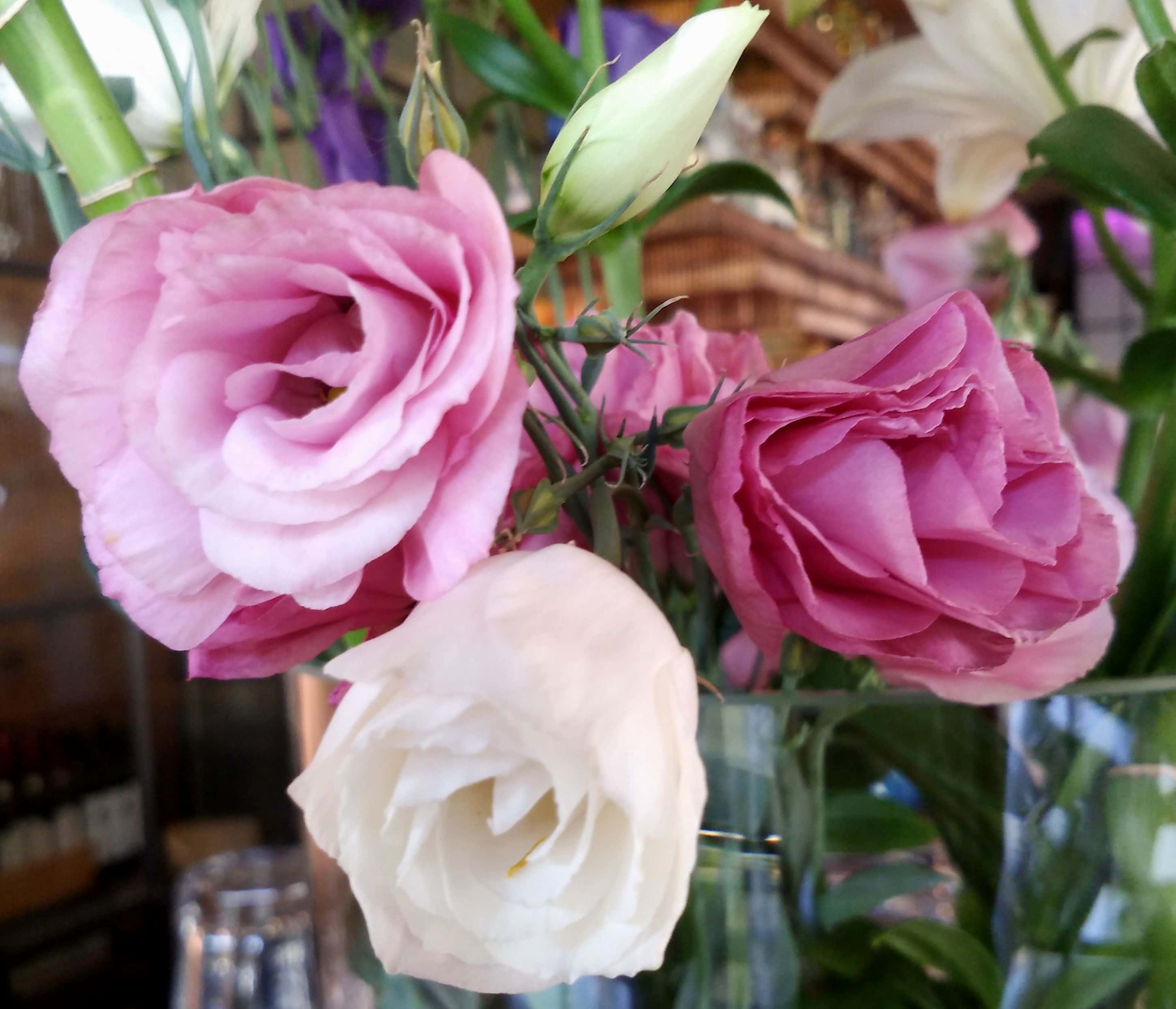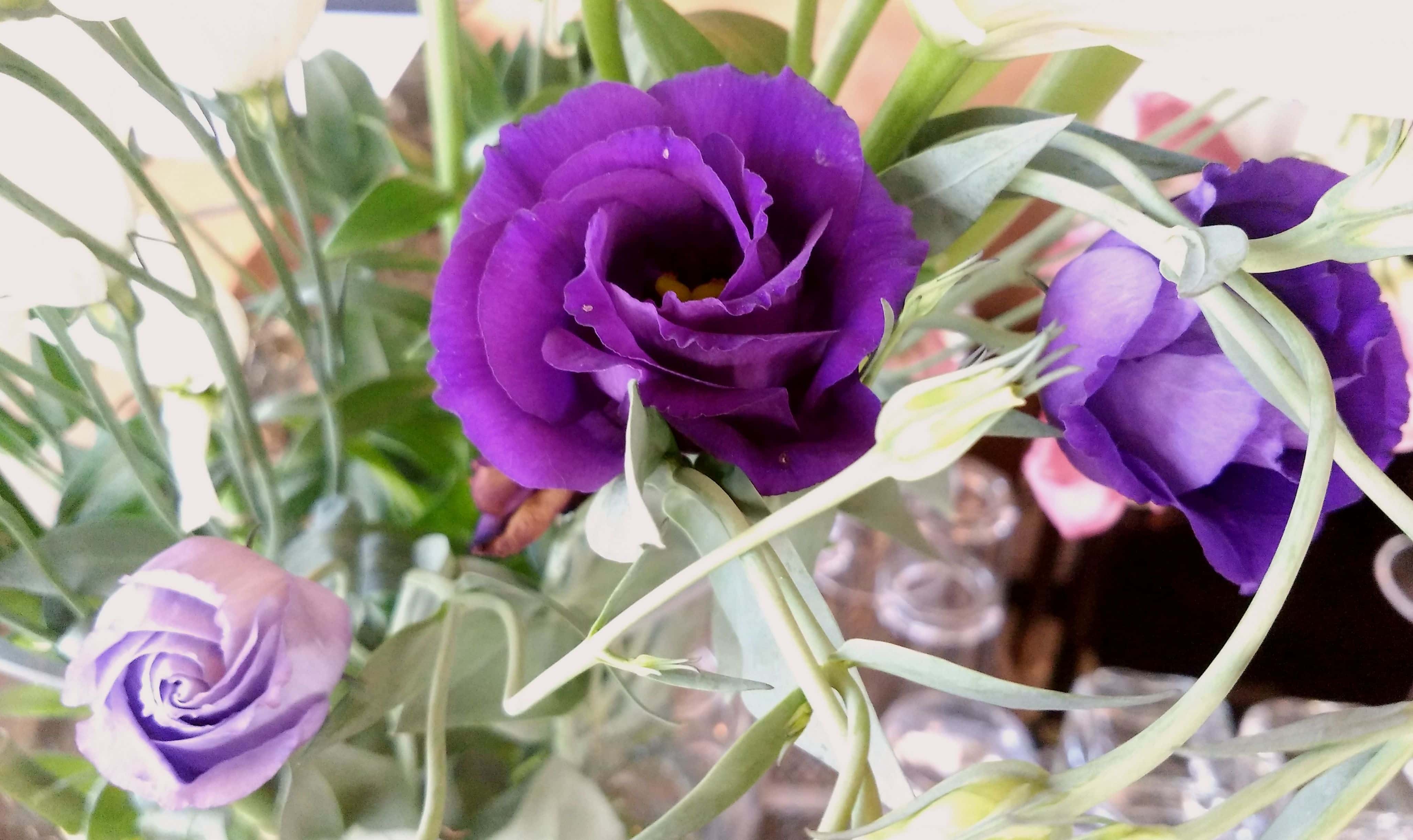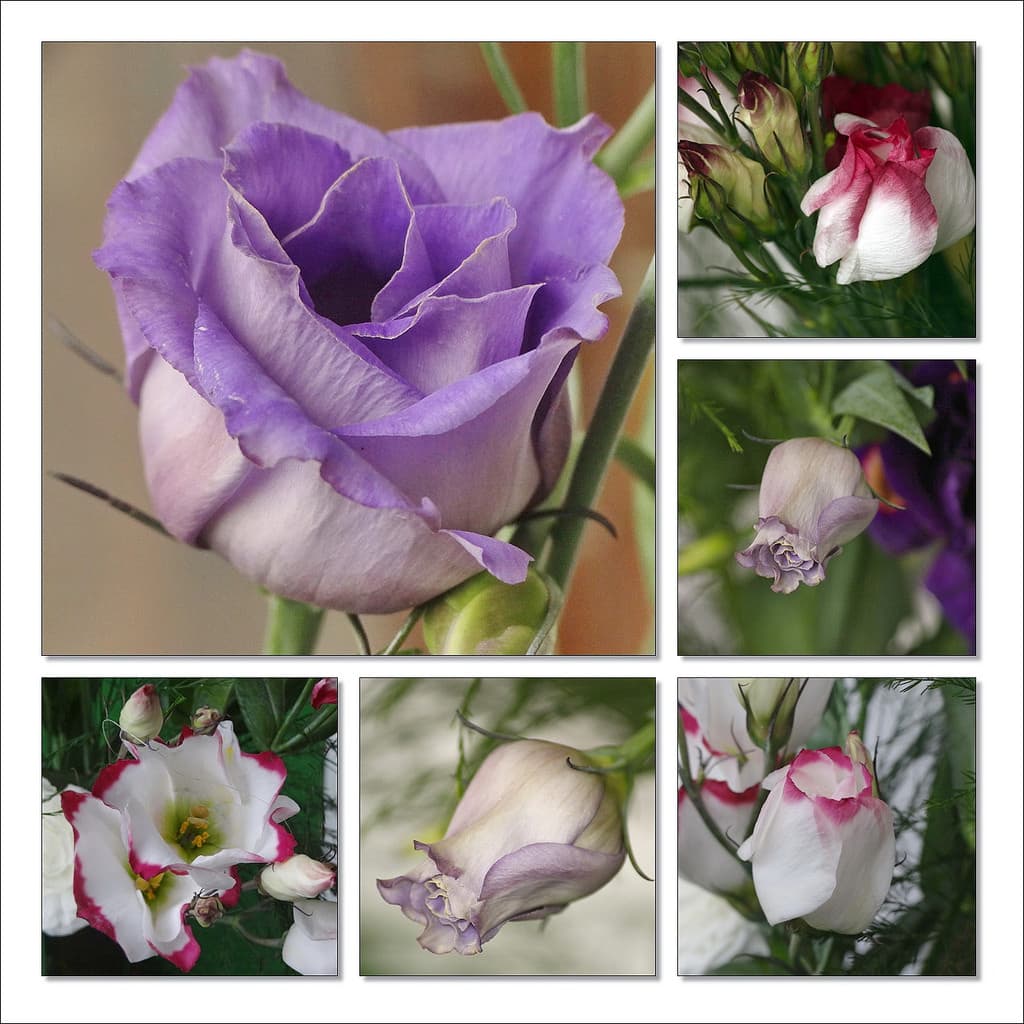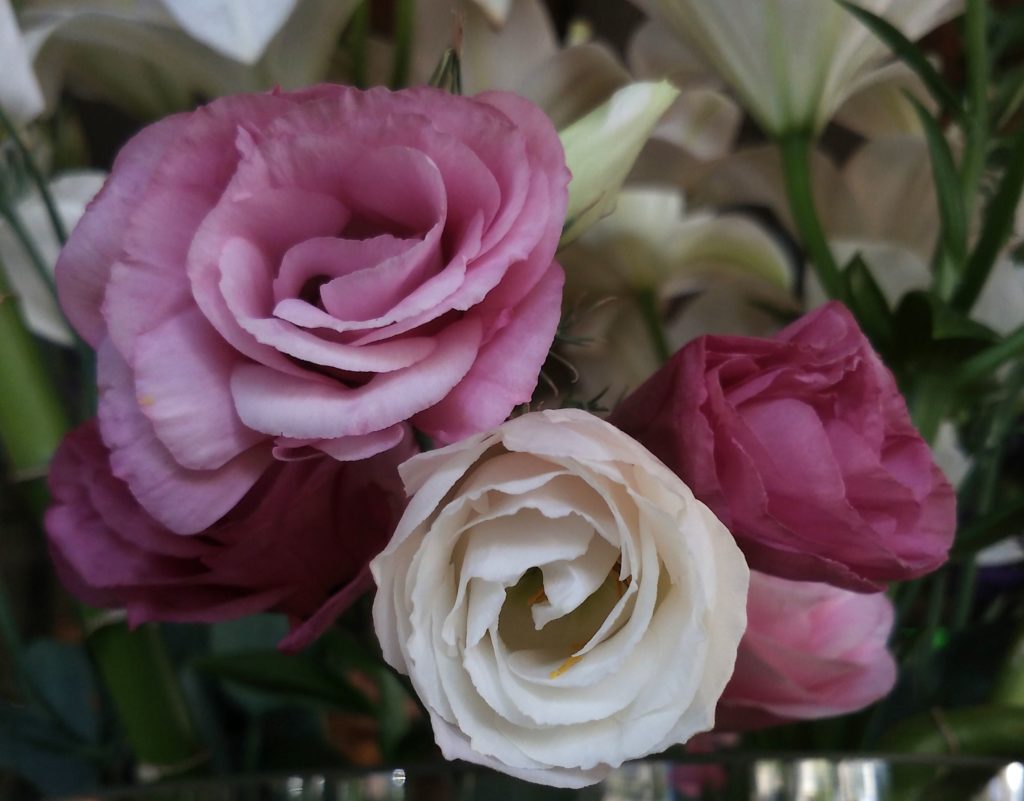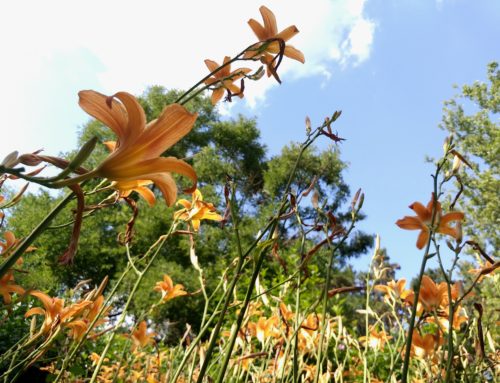Florists favorite: Lisianthus – Texas bluebell
Imagine Texas and Colorado prairies, vast dry plains dotted with purplish-blue flowers. It is Lisianthus – Texas bluebell, representative of an interesting family – Gentianaceae, named after Gentius, the last Illyrian king… Would you have such flower domesticated in your garden?
Texan purple-flowered boy
Lisianthus (Eustoma grandiflorum) is a wild flowering plant native to warm south regions of USA, Mexico, and the Caribbean. Grassland and prairies are its natural environment, so Nebraska, Texas, and Colorado proudly point out they are states of Lisianthus.
The wild form has simple purple-blue flowers; it is up to 60 cm tall and biennial. In different conditions, it grows as perennial (Mediterranean) or annual plant. But selection nowadays obtains cultivars of different colours, height and flower complexity primarily for cut flower purpose.
World’s favorite
There are blue, violet, pink, yellow, white and bicolour variations. Eustoma species come in tall and short varieties – depending on purpose: cut flower or pot plants. Flower corolla can be simple or double. If latter is the case, it resembles thornless branched rose which explains its popularity in flower shops.
Recently, a number of newly created Eustoma varieties has grown fascinatingly. Seems that half of the world is competing to register some new and improved assortments. Other half is competing to buy them. In our opinion, this race is justified, because Lisianthus is one greatly useful and sexy plant.
Production technology
Lisianthus seed is rather small, so we recommend starting production by sowing in containers. Afterward, plants are being transplanted outdoors when they develop 2-3 pairs of first true leaves. Production of such seedlings takes about 2-3 months. This must be considered when planning outdoors replanting. The period of the late frosts in this region (Central-South-Europe) ends around 1 May, and Eustoma requires soil temperature at least 15°C.
If you purchased your Eustoma plants as seedlings, pay attention during transplanting from pot to the ground. There must not be any entanglement between root systems. Prefer younger seedlings, for such will slowly adapt to the new conditions. Count in few weeks extra after cultivating them in the greenhouse, because they will have to “be trained” to live outside. In the garden.
Garden soil needs to be of good quality, rich in nutrients, with a high content of organic matter. Very sunny spot and a well-drained, pH neutral soil is the best option. Regular watering and some form of wind protection are necessary. In case you live in a very sunny region, during the summer you should also include overshadowing. Periodic but uniform watering is the best choice. It will reduce the likelihood of fungal diseases appearance. As for feeding – begin by the first week after planting with Nitrogen (in nitrate form) in the equal amount as of Potassium. The alternative is to add slowly releasing fertilizer.
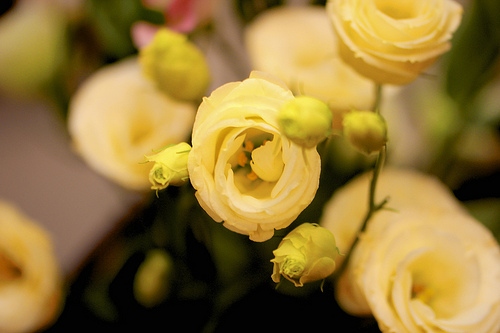
Plant protection – Eustoma diseases and pests
Most common seedling and root rot disease fungi inducers are Pythium species, Fusarium and Rhizoctonia solani. All root rotting fungi produce similar symptoms. Plants stunting leaves yellowing and wilt. However, stick to a good horticultural practices. Sanitation and optimally tuned climate for germination and seedling development will act preventively in the development of this disease.
Gray leaf spot – fungus Botrytis causes the appearance of the characteristic gray mold, formed on shriveled parts of the flowers. This is an almost exact diagnosis of this disease. The basic preventing measures mean good sanitary conditions – moisture control of both air and leaf surface.
Viral diseases – once you get a virus infected plant, there is no possibility of treatment. Destroy infected plants immediately, so the disease would not spread. There are several of them:
Impatiens necrotic spot virus TOSPO (INSV) stops the growth, yellow and necrotic spots appear dots on the stem and leaves as well. Aphids (Aphididae) are vectors of Broad bean wilt (BBWV), bean yellow mosaic (BYMV), tobacco mosaic (TMV), cucumber mosaic (CMV). Symptoms are common spots and ring spots, yellowing leaves, mosaic shaped and penetrating colours on flowers. The leaves curl, plants wither and die.
Lisianthus is not a plant for rookie gardeners
This beautiful plant is a quite demanding one when it comes to production and maintenance. If you are not ready to pay your full attention to the smallest detail, you better make up your mind for something simpler. However, if you do – we keep our fingers crossed.
Enjoy your sexy Texas Bluebell to the fullest.

